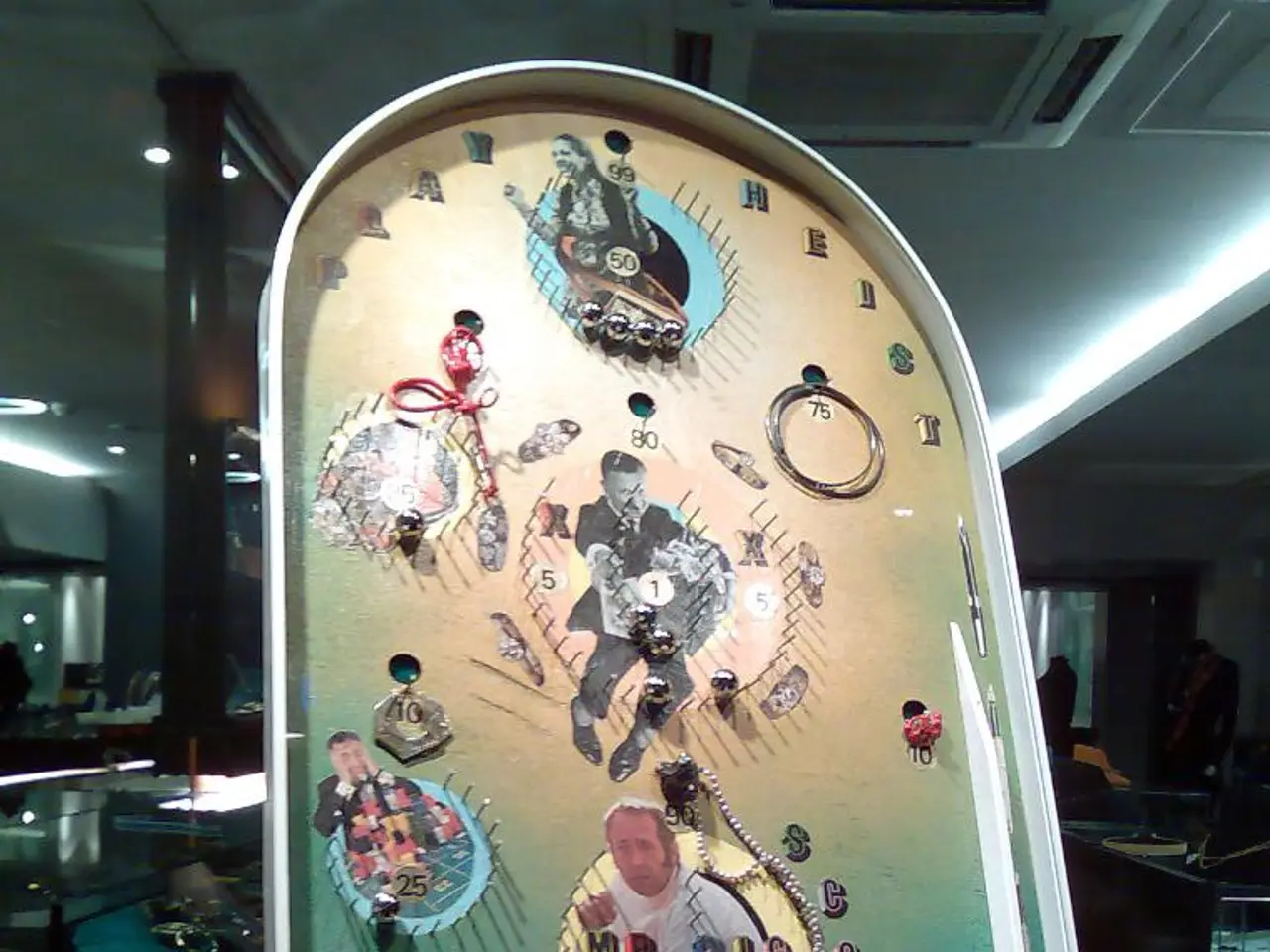Fostering Unpredictability and Innovation: Crafting an Ideal Setting for Groundbreaking Thoughts
In the realm of idea generation and problem-solving, brainstorming is a method that has long been employed to foster creativity and innovation. However, recent scientific studies have started to question its effectiveness, focusing instead on factors that may inhibit creative idea generation rather than outright dismissing the practice.
One significant finding comes from a study published in *Memory & Cognition* in 2025, which revealed that using the internet during brainstorming sessions can hinder creativity and the diversity of ideas generated. Participants who were permitted to search online while brainstorming produced fewer novel ideas compared to those who refrained from internet searches. This phenomenon, known as "fixation effects," occurs when exposure to existing ideas (via search engine results) causes people to focus on similar solutions rather than generating new or different ones.
Lead researcher Daniel Oppenheimer explained that while the internet itself is not diminishing intelligence, it may hamper creative thinking during brainstorming because it limits cognitive flexibility and encourages idea fixation.
Other critiques of brainstorming's effectiveness include the challenges posed by group dynamics. Traditional brainstorming can suffer from social loafing, production blocking, and evaluation apprehension, all of which can reduce the number and quality of ideas generated compared to individuals working alone.
Additionally, the effectiveness of brainstorming may be influenced by whether the sessions are structured or unstructured. Some studies argue that free-form brainstorming without facilitation or a clear method may not maximize idea generation and innovation potential.
Despite these criticisms, many sources continue to support brainstorming as a powerful tool for generating many ideas and fostering creative thinking when properly facilitated. Techniques such as mind mapping or structured ideation can help optimize the process.
The scientific contestation of brainstorming's effectiveness often centres on how external influences (like internet use) and social factors limit creativity, rather than outright disproving brainstorming as a method. Improvements in how brainstorming is conducted, including avoiding fixation effects and optimizing facilitation techniques, are ongoing areas of research and practice.
In the 1950s, a study at Yale University found that those who wrote down ideas individually (nominal group) provided more ideas than those who brainstormed in groups. This finding underscores the importance of individual contribution in idea generation.
Moreover, the experience of insight is difficult to measure, quantify, and define. Notable figures like Albert Einstein have suggested that a cluttered environment can stimulate inspiration, while creating disorder and chaos in the environment can help avoid re-treading old ideas and conclusions. Breaking things, dismantling them, and putting them back together in a different order can also aid in this process.
In conclusion, while brainstorming may not always offer the best route for developing new ideas and problem solutions, it remains a valuable tool when properly facilitated. Further research is needed to optimize the process and overcome the challenges posed by group dynamics and external influences.
In light of the scientific studies, it's evident that the use of technology, such as searching online during brainstorming sessions, can hinder the creativity and diversity of ideas generated due to fixation effects. On the other hand, the integration of artificial Intelligence (AI) into UI design could potentially enhance creativity and innovation by facilitating the brainstorming process, promoting cognitive flexibility, and minimizing fixation effects.




